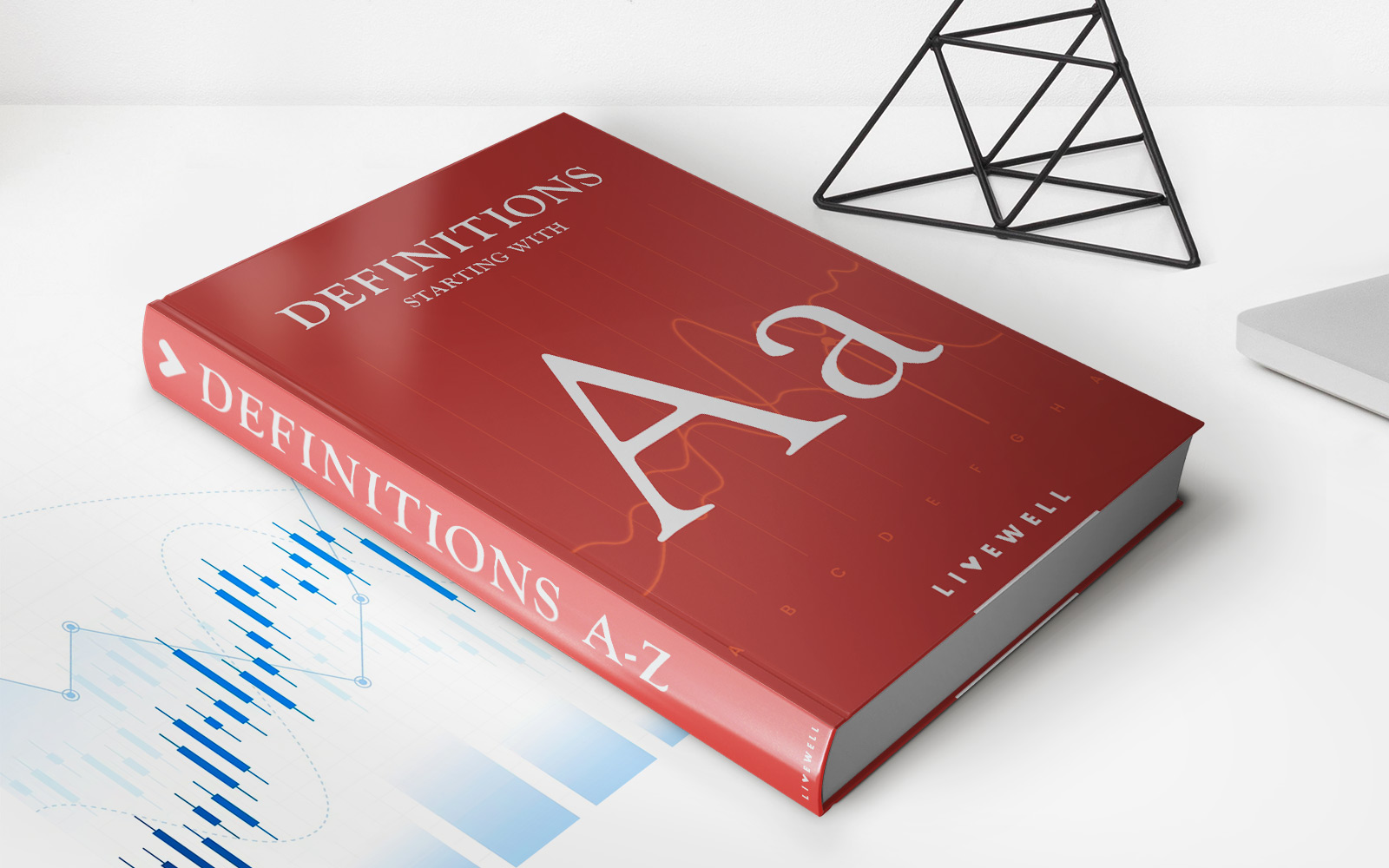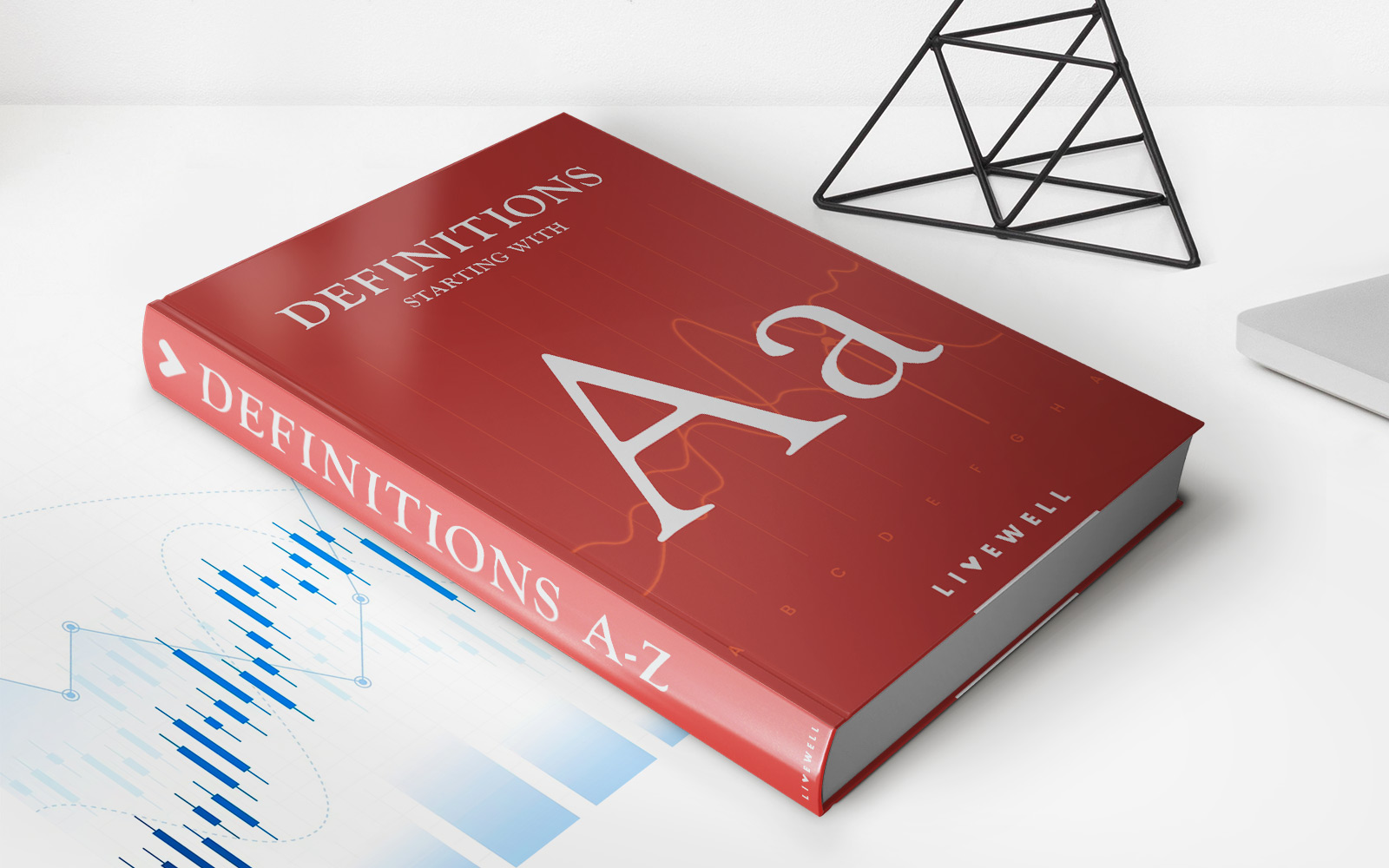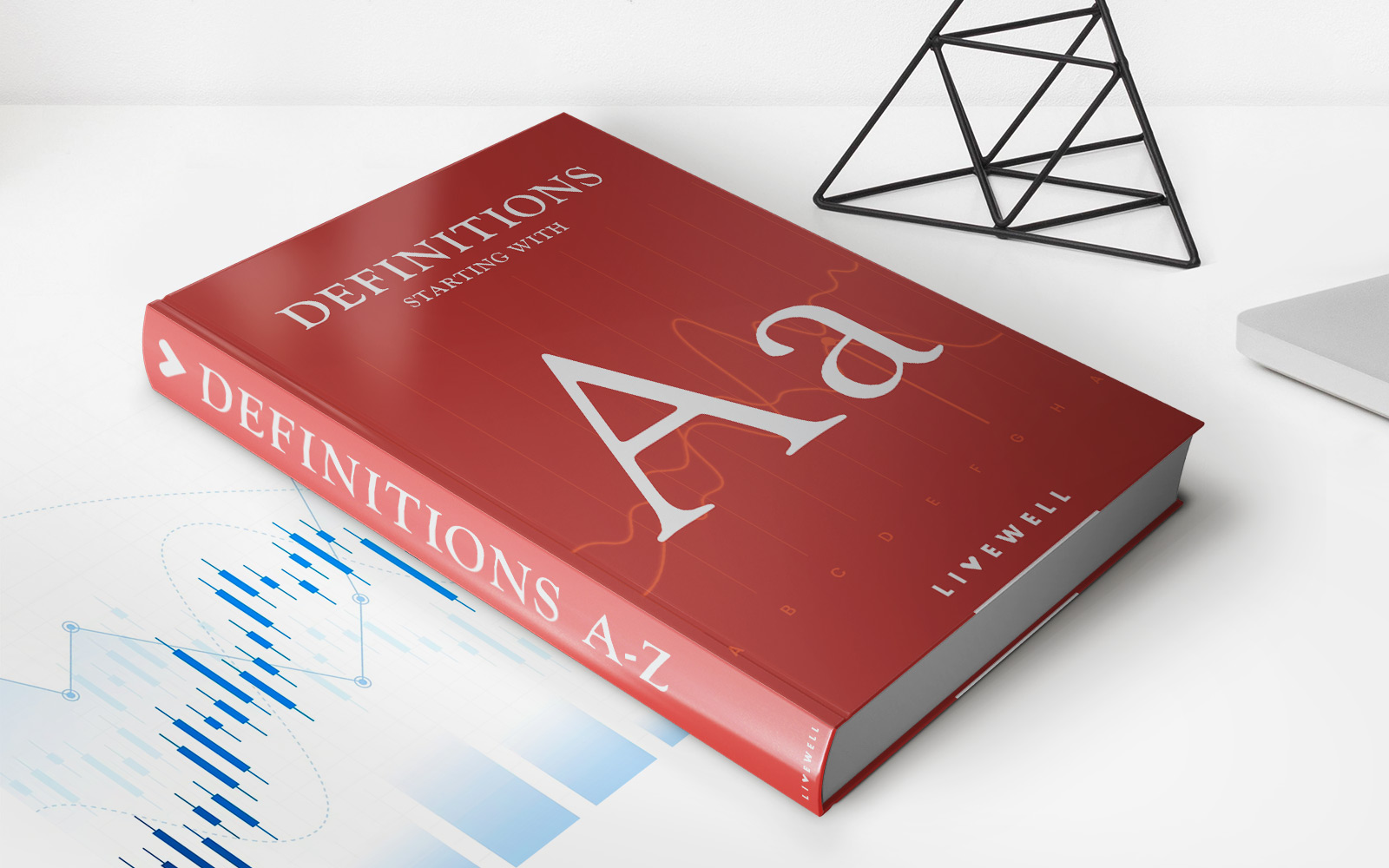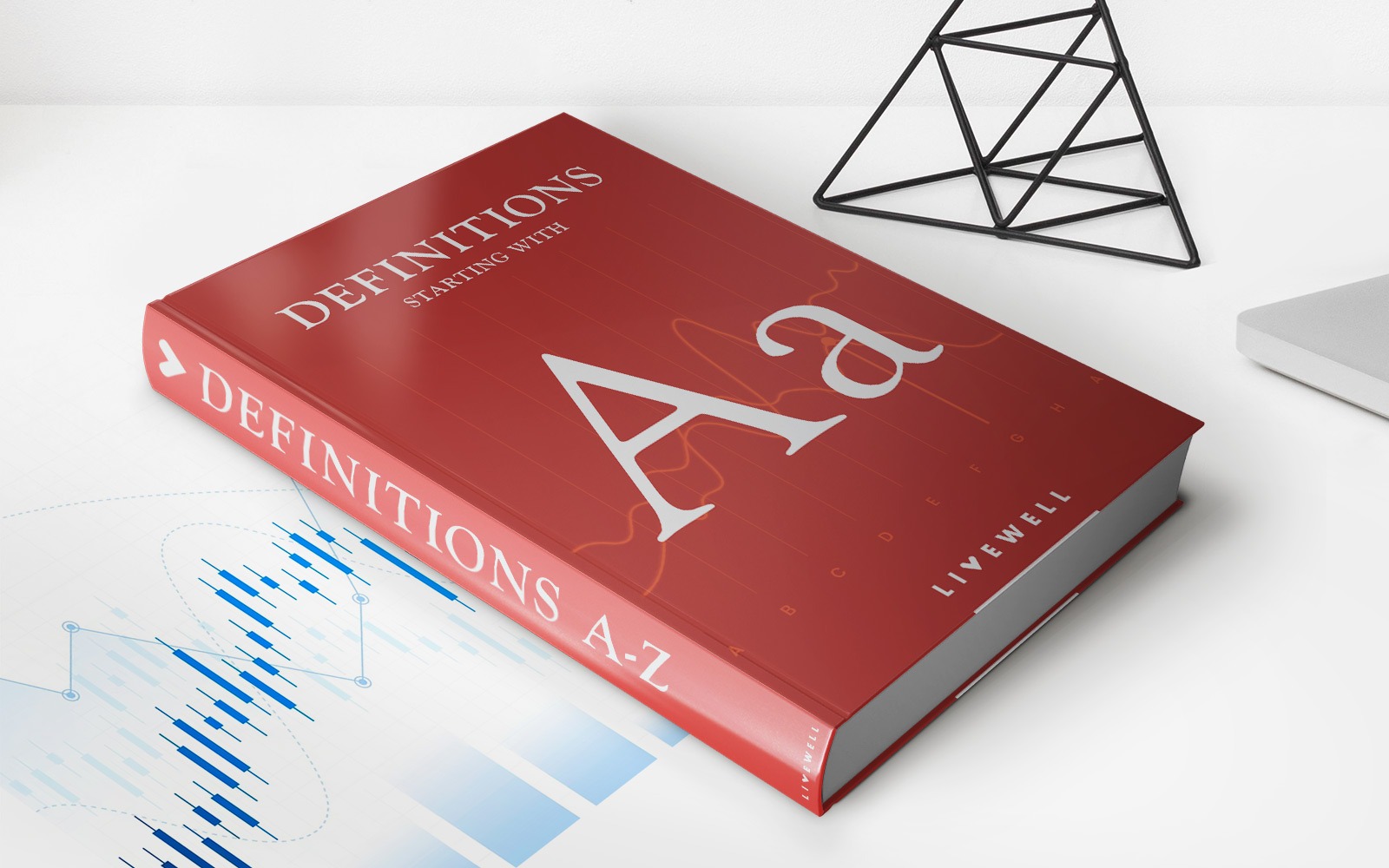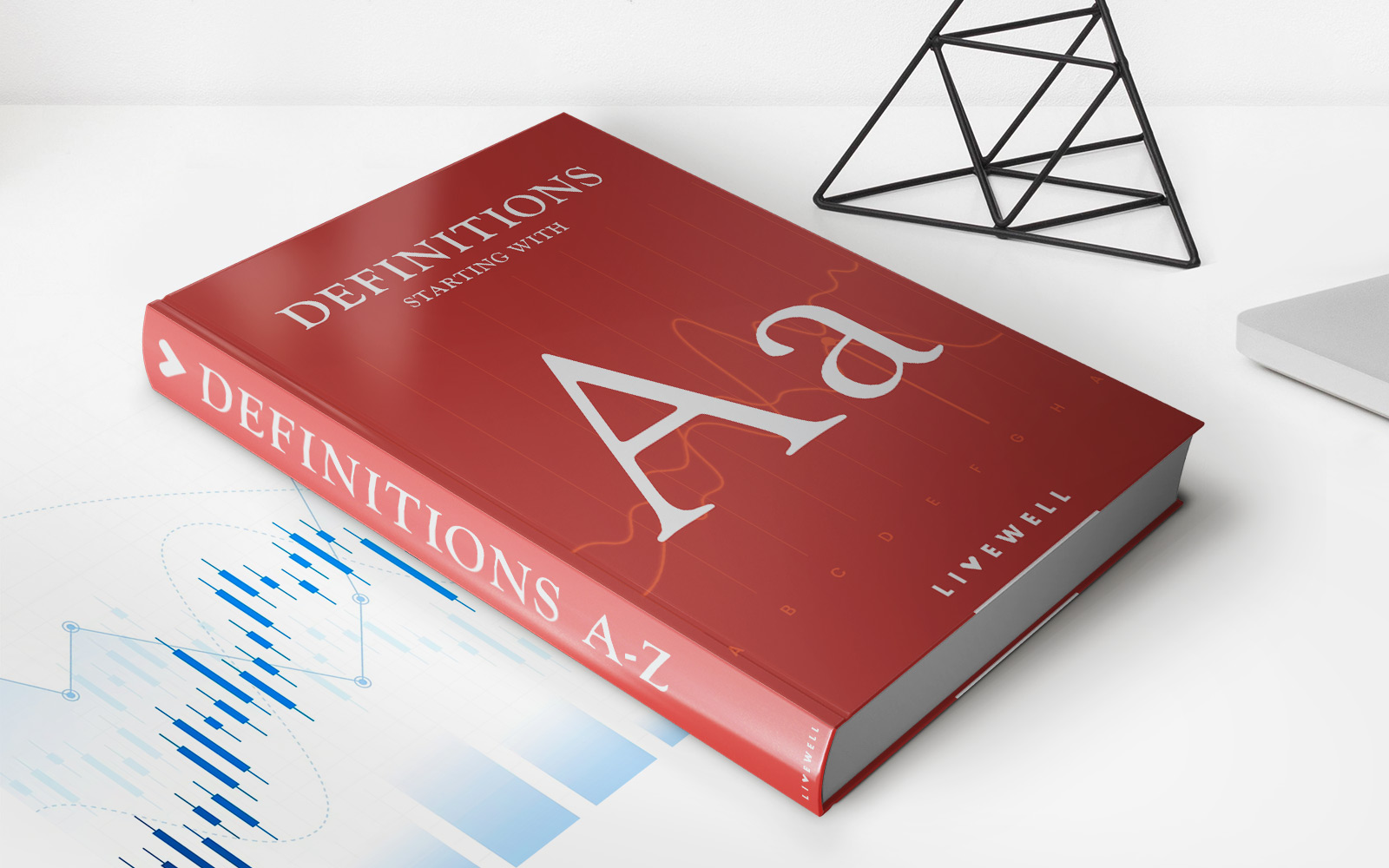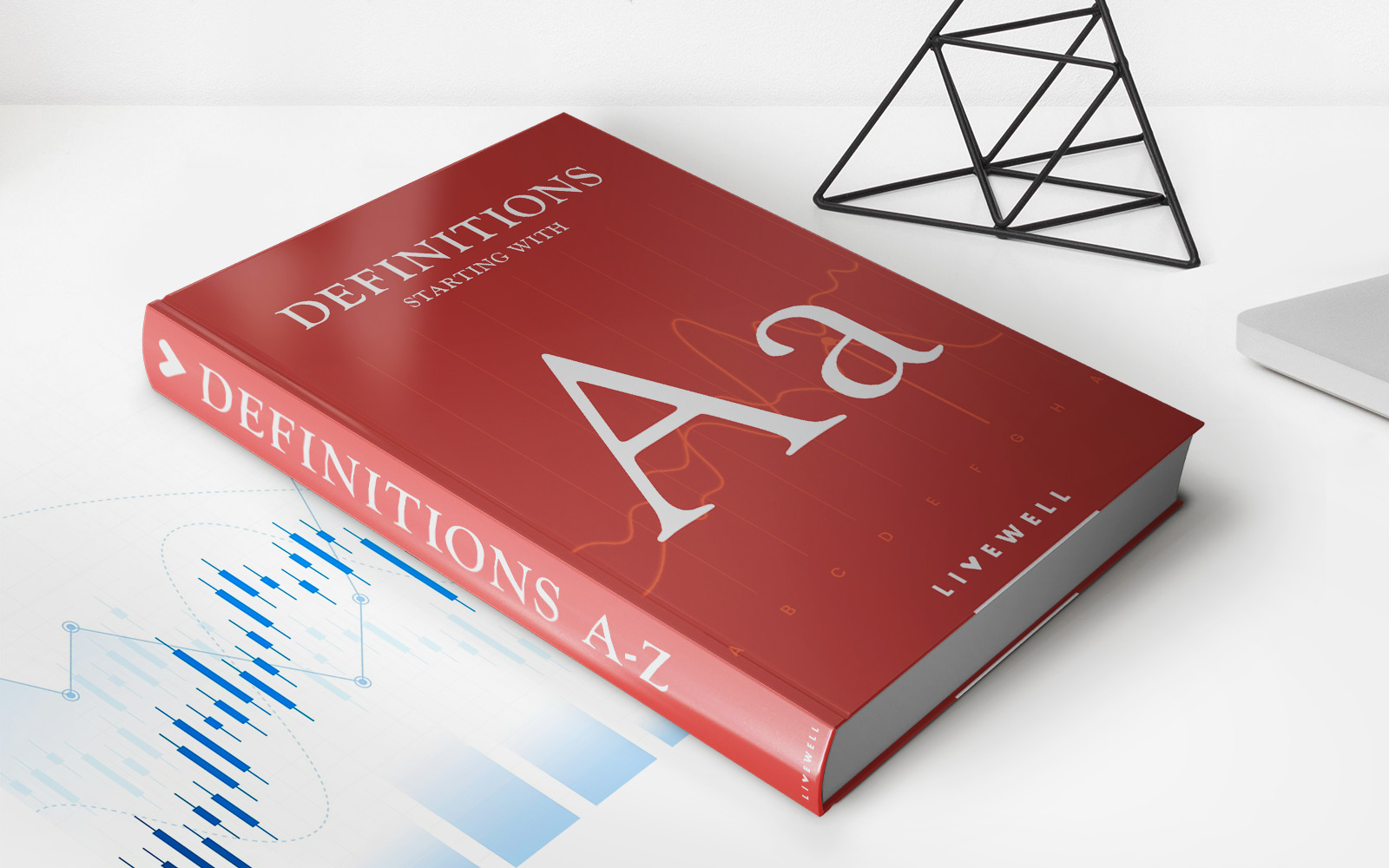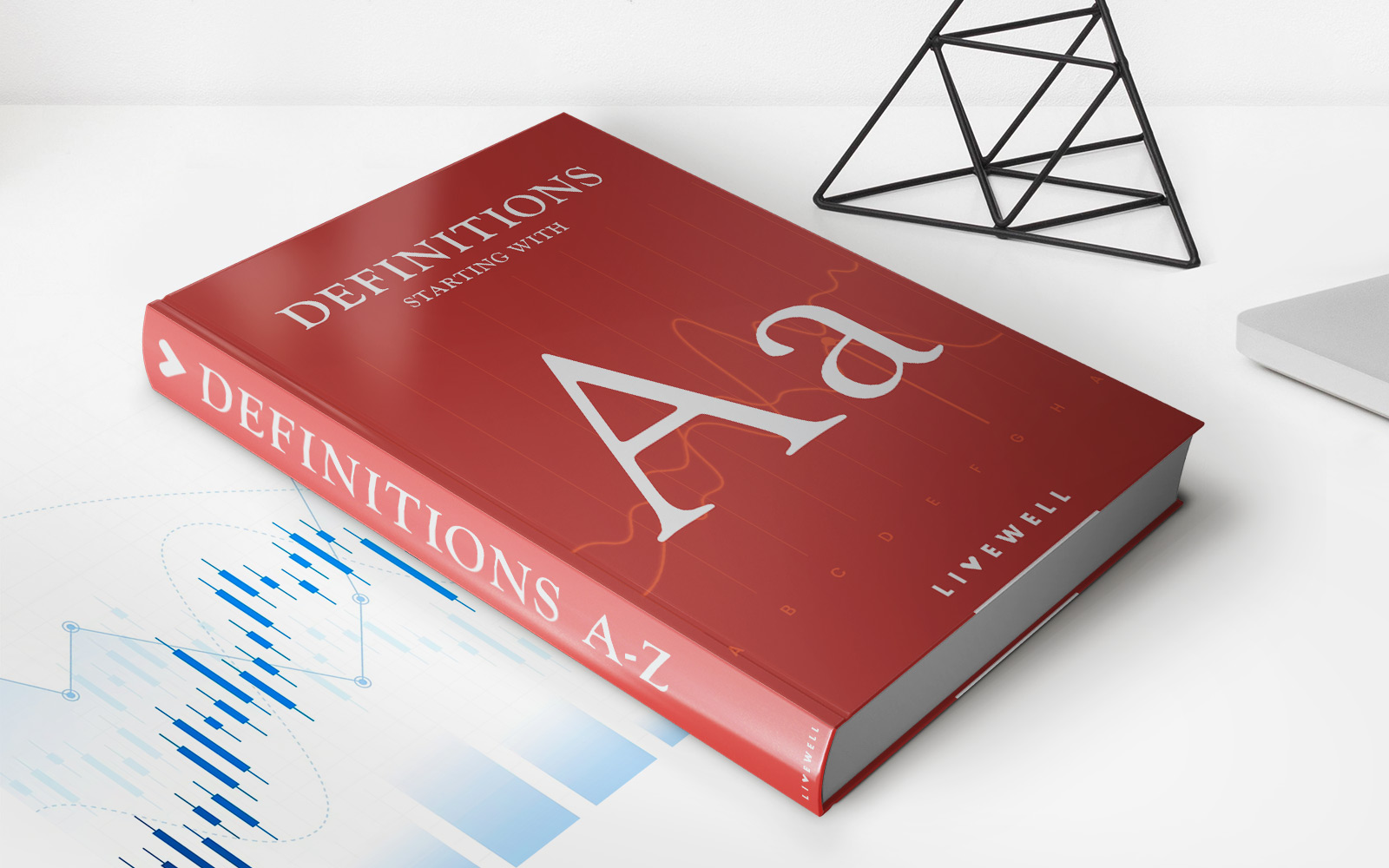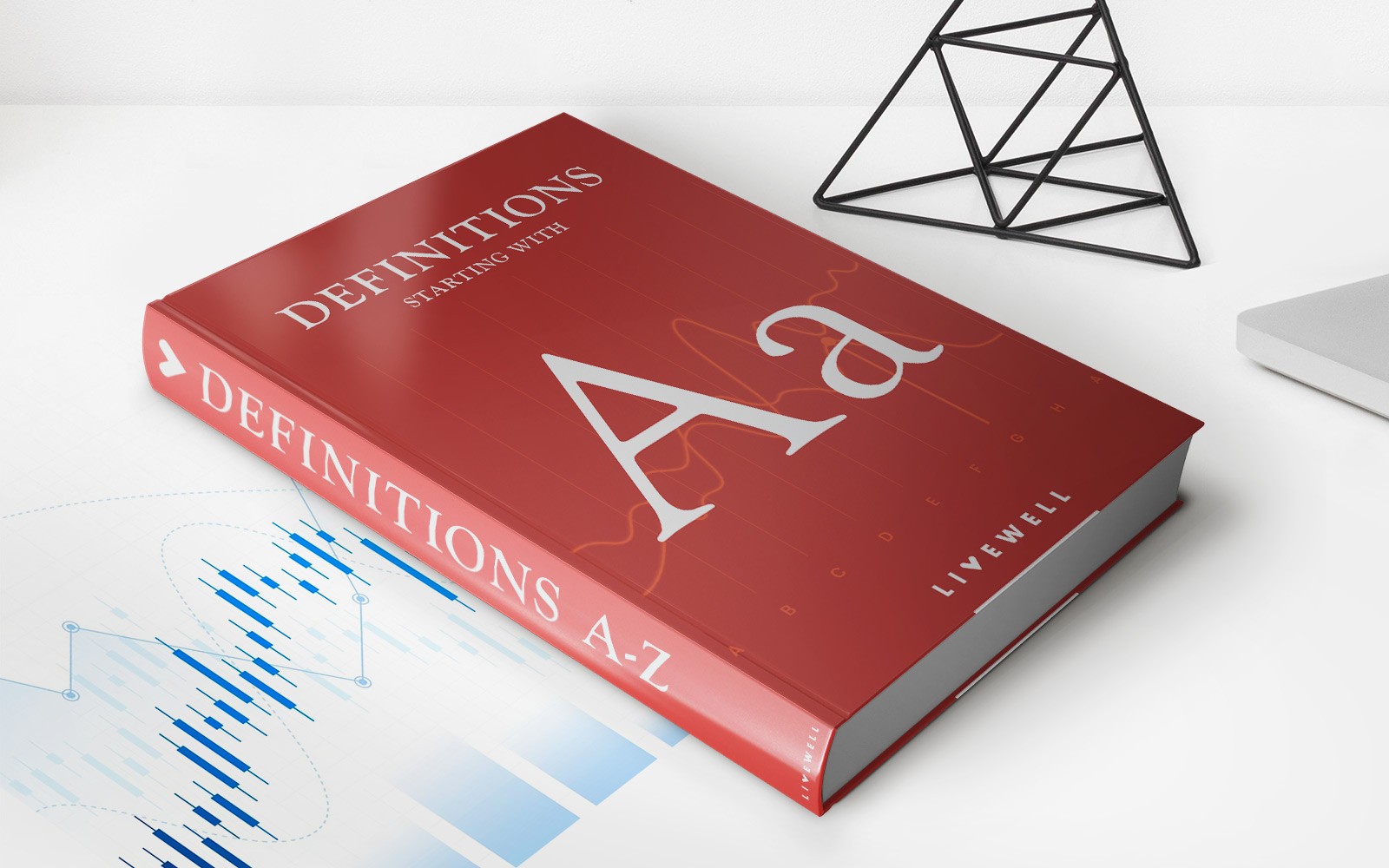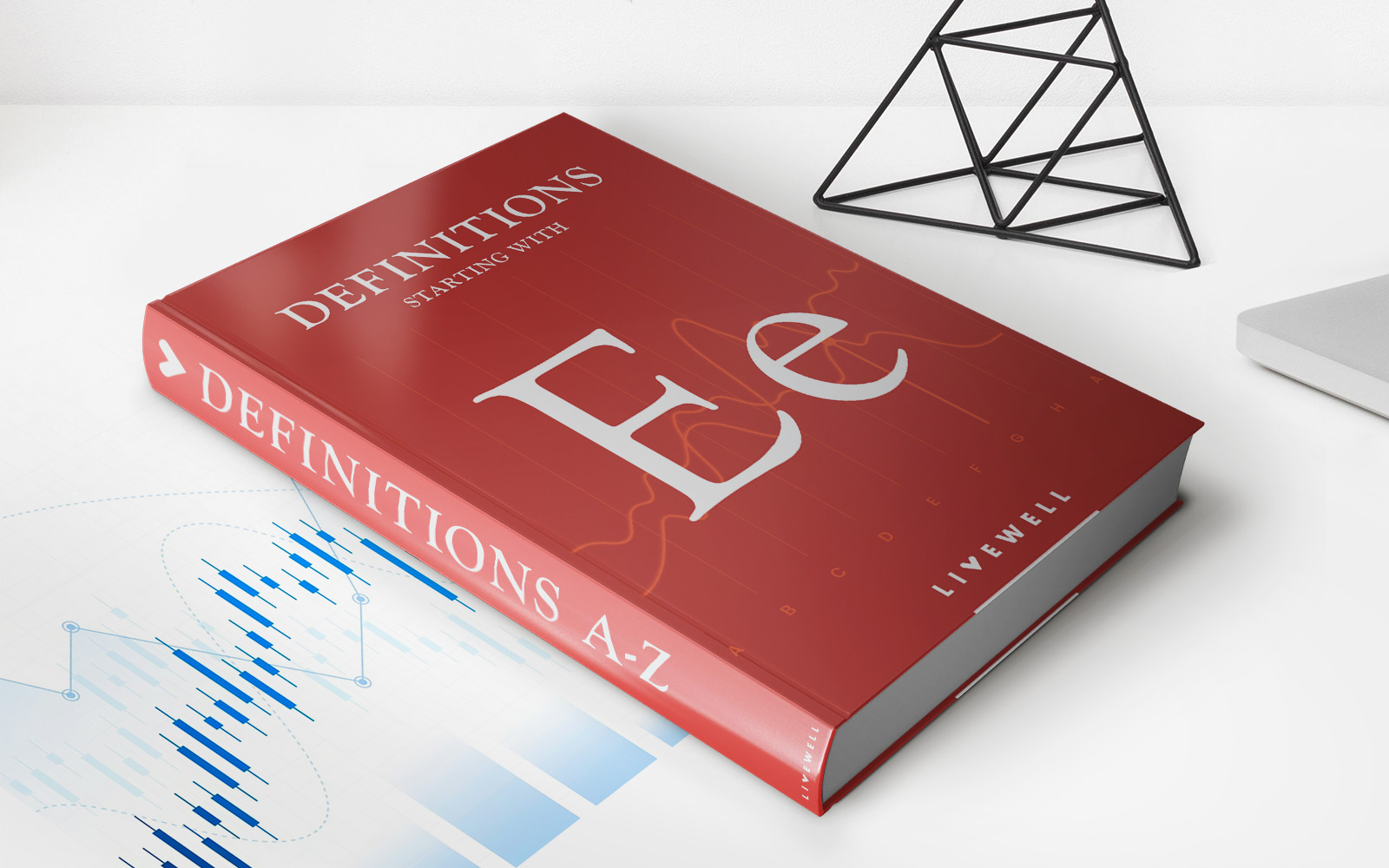

Finance
EBITDARM Definition
Published: November 16, 2023
Learn the meaning of EBITDARM and its significance in finance. Find out how it helps businesses evaluate their financial performance and make informed decisions.
(Many of the links in this article redirect to a specific reviewed product. Your purchase of these products through affiliate links helps to generate commission for LiveWell, at no extra cost. Learn more)
The EBITDARM Definition: Understanding the Basics of Financial Analysis
When it comes to managing your finances, having a solid understanding of key financial metrics is crucial. One such metric is EBITDARM, which stands for Earnings Before Interest, Taxes, Depreciation, Amortization, Rent, and Management fees. This comprehensive financial indicator offers valuable insights into a company’s profitability and operational efficiency. In this blog post, we will delve into the EBITDARM definition, its significance, and how it can assist you in making informed financial decisions.
Key Takeaways:
- EBITDARM stands for Earnings Before Interest, Taxes, Depreciation, Amortization, Rent, and Management fees.
- It is a financial metric that provides insight into a company’s profitability and operational efficiency.
1. Understanding the Components:
To fully comprehend the EBITDARM definition, let’s break down its individual components:
- Earnings: This refers to a company’s revenue minus its cost of goods sold (COGS). Essentially, it is the financial outcome generated from day-to-day business operations.
- Before: This indicates that the subsequent factors are excluded from the calculation, providing a clearer picture of operational performance.
- Interest: The cost of borrowing money, such as loan interest or credit card interest, which is not directly related to a company’s core operations.
- Taxes: Income taxes paid to the government, which are influenced by various factors, including a company’s profit levels and applicable tax regulations.
- Depreciation: The gradual reduction in the value of assets over time due to wear and tear or obsolescence.
- Amortization: A similar concept to depreciation, but specifically related to intangible assets, such as patents or trademarks.
- Rent: The cost of leasing property or equipment for business operations.
- Management fees: Expenses associated with hiring external management consultants or service providers.
2. Significance and Benefits:
The EBITDARM definition is particularly useful for investors, analysts, and business owners, as it provides a more accurate representation of a company’s financial health. By excluding interest, taxes, depreciation, amortization, rent, and management fees, EBITDARM allows a focus on the core earnings and operational performance of a business. This metric facilitates meaningful comparisons between companies, as it eliminates the impact of different tax rates, financing arrangements, and non-operational costs.
Key Takeaway:
- EBITDARM enables stakeholders to assess a company’s operational efficiency and its ability to generate profit on its core operations.
- It provides a comprehensive view of a company’s financial standing, allowing investors to make informed decisions.
In conclusion, understanding the EBITDARM definition is essential for anyone involved in financial analysis. This powerful metric offers valuable insights into a company’s profitability and operational efficiency, allowing for better decision-making. By focusing on core earnings and excluding non-operational costs, EBITDARM provides a clearer picture of a company’s financial health. Whether you are an investor, analyst, or business owner, incorporating EBITDARM into your financial analysis toolkit can greatly enhance your ability to assess and compare companies effectively.

